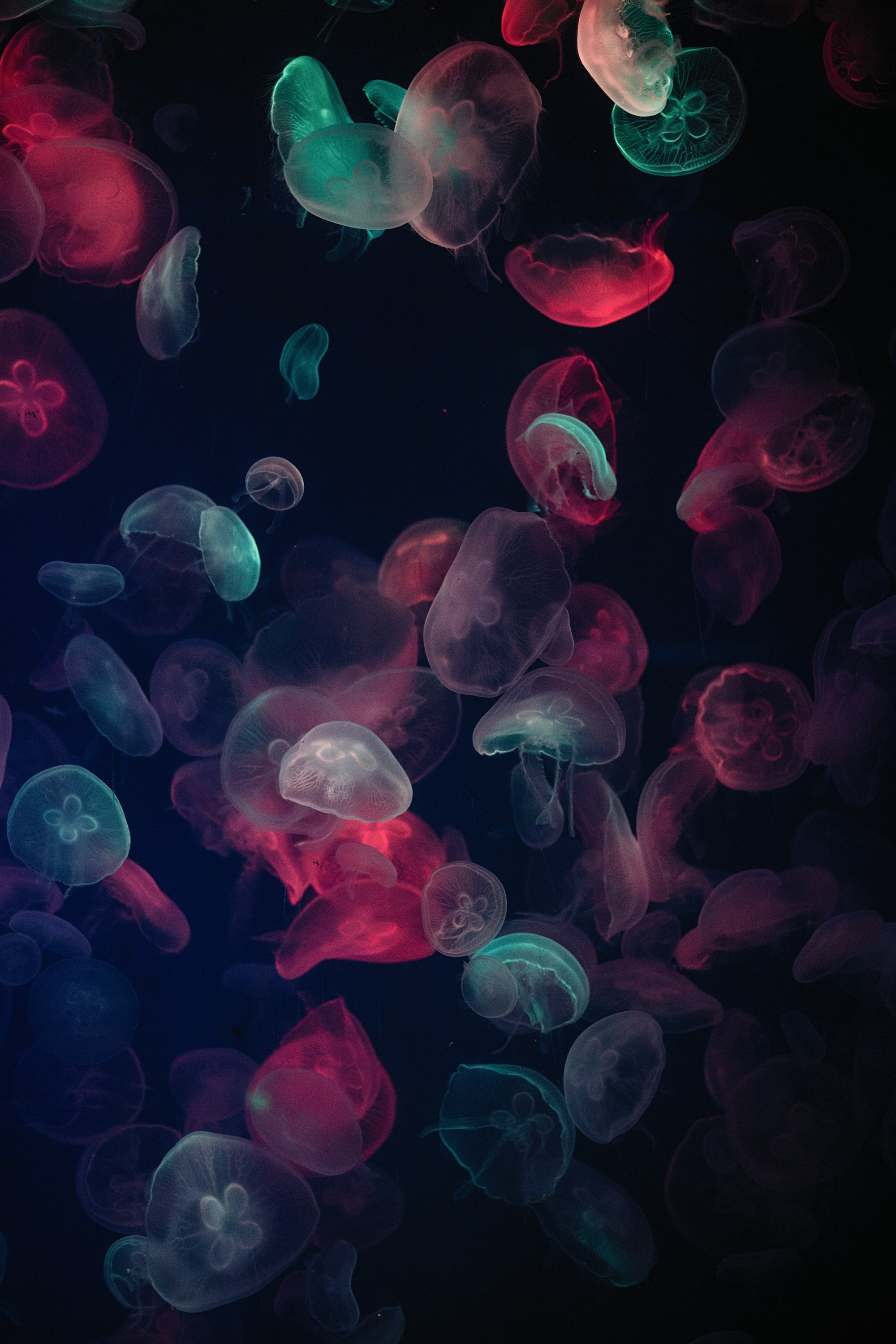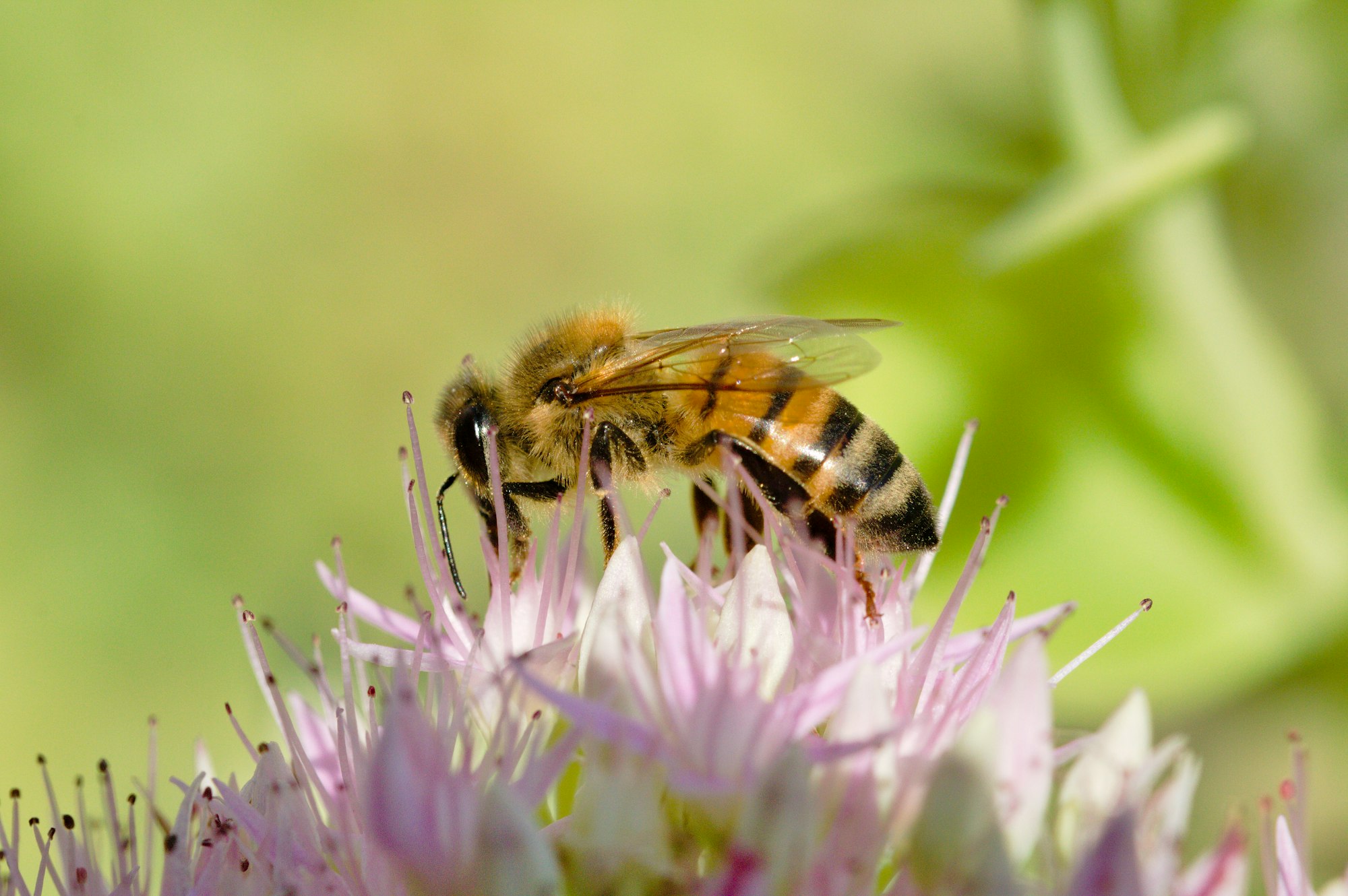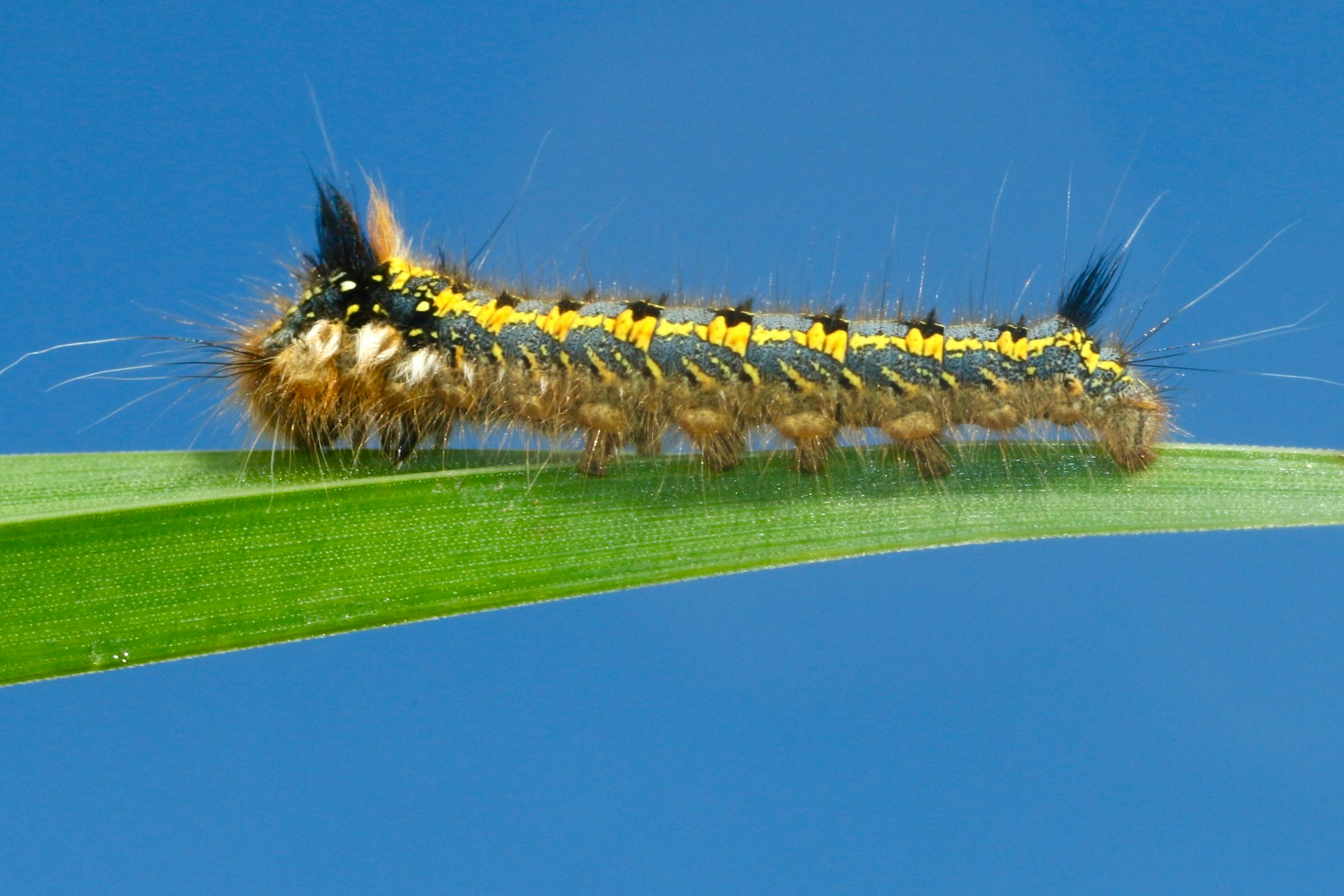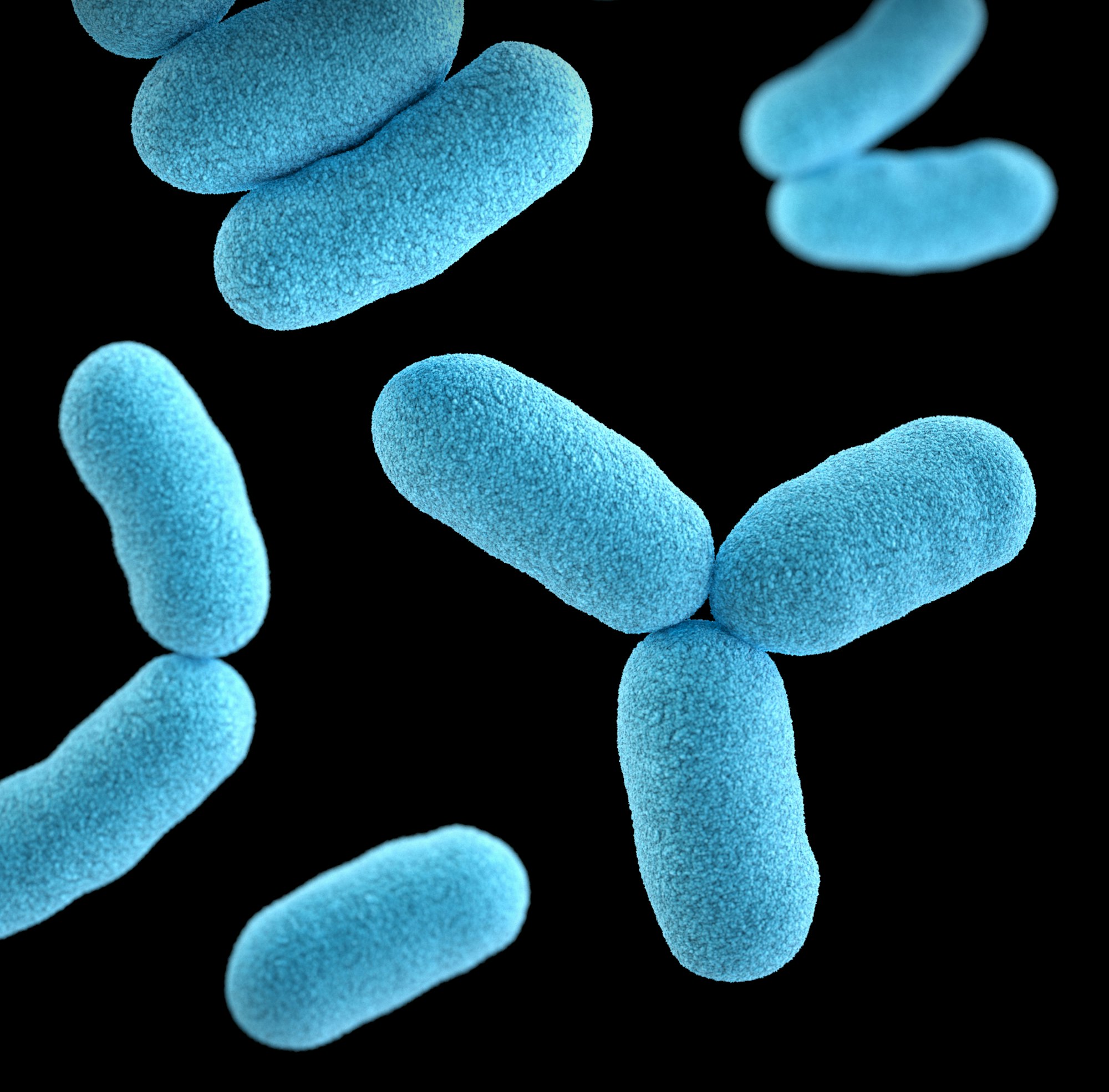Characteristics and Classification of Living Organisms

In order to identify living organisms, scientists have listed 7 characteristics which all Living Organisms have:
| Characteristic | Definition | |
|---|---|---|
| M | Movement | An action by an organism or part of an organism causing a change of position or place |
| R | Respiration | The chemical reactions in cells that break down nutrient molecules and release energy for metabolism |
| S | Sensetivity | The ability to detect or sense stimuli in the internal or external environment and to make appropriate responses |
| G | Growth | A permanent increase in size and dry mass by an increase in cell number or cell size or both |
| R | Reproduction | The processes that make more of the same kind of organism |
| E | Excretion | Removal of the waste products of metabolism (chemical reactions in cells including respiration), toxic materials, and substances in excess of requirements |
| N | Nutrition | Taking in of materials for energy, growth and development; plants require light, carbon dioxide, water and ions; animals need organic compounds and ions and usually need water |
The Binomial System:
The Binomial System of scientifically naming organisms was developed by Carl Linnaeus of Sweden. It consists of the organism’s Genus and Species name, and thus it is called as Binomial. It consists of 7 levels:
- Kingdom
- Phylum
- Class
- Order
- Family
- Genus
- Species
Now, let’s take up a simple example: Humans

Rules for writing scientific names:
- The first letter of the genus is always CAPITALISED
- The first letter of the species is NEVER capitalised
- Scientific names of organisms are always italicised or underlined
Here is an example for the scientific name for Blue Whales.
| Scientific name | Correct or Incorrect? |
|---|---|
| balaenoptera musculus | Incorrect because first letter of Genus is not Capitalised |
| Balaenoptera Musculus | Incorrect because first letter of Species is Capitalised |
| Balaenoptera musculus | Correct! |
The classification of living organisms

Eukaryotes
As seen in the diagram above, Eukaryotes consist of Protoctists, Fungi, Plant, and Animal kingdoms.
Protoctists
are organisms with a nucleus, and many flexible organelles amongst their species (for example, some have chloroplasts and cell walls like plants and some like animal cells without these distinguishing characteristics). Their main characteristics include:
- Unicellular or multi-cellular bodies
- Cells with or without cell wall and chloroplasts
- Some species are autotrophic, rest are heterotrophic
- All species have cells with nucleus
Examples of Protoctists:
- Paramecium
- Chlamydomonas
- Seaweeds
Fungi

Fungi are organisms which do not have chlorophyll, thus are heterotrophic and feed on dead organic matter parasitically. The most common known is the edible mushroom; others include fungi causing diseases like athlete’s foot, ringworm, panama disease etc.Their characteristics include:
- Multicellular bodies (very few are unicellular)
- Have nuclei
- Reproduce by spore production
- Are heterotrophic
- Don’t have chloroplasts
- Feed by parasitic or saprophytic means on organic dead matter
Examples include:
- Saccharomyces cerevisiae
- Penicillium
- Mushroom
Animals
Within the Animal Kingdom, there are several phylums such as Arthropods,
Phylum Arthropoda
- Hard exoskeleton
- Segmented bodies
- jointed appendages
- exoskeleton composed of protein and chitin
- Open circulatory systems in which heart pumps hemolymph through short arteries into open spaces (sinuses)
- Aquatic members have gills for gas exchange
- terrestrial members have tracheal system of branched tubes leading from their surface throughout body
Class Crustaceans

- More than 4 pairs of jointed legs
- Breathe through gills
- Antennae present
- Mostly marine
Examples of crustaceans: Crabs, lobsters etc.
Class Arachnids

- With 4 pairs of jointed legs
- Breathe through gills and book lungs
- Mostly terrestrial
Examples of arachnids: Scorpion, spider etc.
Class Insects

- Have 3 pairs of jointed legs
- Have 2 pairs of wings
- Breathe through trachea
- Antennae present
- Mostly terrestrial
Examples of insects: Locust, Moth, House Fly, Grasshopper etc.
Class Myriapods

- Body consists of many segments
- Each segment has jointed legs
- They can be both herbivores and carnivores
- Terrestrial
Examples of myriapods: Centipede, Millipede etc.
Phylum Annelida

- They are worms
- Have bodies made up of ring like segments
- Live in water and moist soil
Example of Annelids: Earthworm
Phylum Mollusca

- Soft bodied animals
- Have unsegmented bodies
- With or without shell
Examples of Molluscs: Octopus, Jellyfish, Squid etc.
Phylum Nematodes
- They are worms
- Bodies are not divided into segments
- Usually white, long and thin bodied
- feed by parasitic means
Examples of Nematodes: Hookworm, Roundworm etc.
Phylum Vertebrates
- Internal skeleton with spine
- Their nervous system has encephalon (brain) and a spinal cord.
- The encephalon is placed inside the skull and spinal cord is placed inside the spine.
Class Fish

- Are cold blooded
- Have streamlined bodies
- Aquatic
- Have scales on their bodies
- May be Herbivores or Carnivores
- Lay eggs in water
- Have fins
- Breathe through gills
Example of Fish: Mackerel, Pomfret, Tuna, Salmon etc.
Class Amphibians

- Give birth to offspring by laying eggs
- Have 4 limbs
- Their habitat is both terrestrial and aquatic
- Have moist skin
- Breathe through gills when young; when mature, breathe through lungs
- Adult often lives on land
Example of Amphibian: Frog, Salamander etc.
Class Reptiles

- Have scales on body
- Are cold blooded
- Terrestrial
- Lay eggs to give birth to offsprings
- Egg shells are rubbery
Examples of Reptiles: Lizard, Snake etc.
Class Birds

- Don’t have teeth, instead have a beak
- Have hollow bones
- Are warm blooded
- Lay hard shelled eggs
- Forelimbs replaced by wings
- Breathe through lungs
Examples of Birds: Flamingo, Eagle, Hawk, Sparrow etc.
Class Mammals
![[Portrait of President-elect Donald Trump]. Digital photograph, 2016. Library of Congress Prints & Photographs Division.
https://www.loc.gov/item/2017645723/](https://images.unsplash.com/photo-1580128660010-fd027e1e587a?ixlib=rb-1.2.1&q=80&fm=jpg&crop=entropy&cs=tinysrgb&w=2000&fit=max&ixid=eyJhcHBfaWQiOjExNzczfQ)
- Warm blooded
- Can maintain a constant body temperature
- Have different types of teeth
- Have skin covered by Hair
- Give birth to live young offsprings
- Have sudoriferous (sweat) glands
- Females have mammary (milk secreting) glands that produce milk to feed young ones.
Example: Human being
The Plant Kingdom
Phylum Angiosperm:
- Have root, stem and leaves
- Have xylem and phloem
- Reproduce by seed production
- Seeds are produced inside the ovary of the flower
- Phloem: Transports sugar
- Xylem: Transports water and minerals
| Plant Part | Monocot | Dicot |
|---|---|---|
| Root System | Adventitious root only | Adventitious root, Taproot or both |
| Cotyledons | One | Two |
| Stem | Vascular bundles scattered | Vascular bundles arranged in a ring |
| Leaves | Exhibit parallel venation | Exhibit reticulate venation |
| Flower | Either trimerous, tetramerous, seldom pentamerous | Either pentamerous, tetramerous, seldom trimerous |
Viruses

- Entirely microscopic
- Consisting of a single nucleic acid surrounded by a protein coat
- Capable of replication only within living cells of bacteria, animals or plants.
Example of Viruses: Coronavirus, Human Immunodeficiency Virus, Tuberculosis, etc.
Prokaryotes

Bacteria are prokaryotic and unicellular. they have cell walls and circular DNA called plasmids. They are Heterotrophs or Autotrophs.
Example: L.bulgaricus
This is the end of this guide. Hope you enjoyed it! Thanks for using www.igcsepro.org! We hope you will give us a chance to serve you again! Thank you!
Next Topic:


